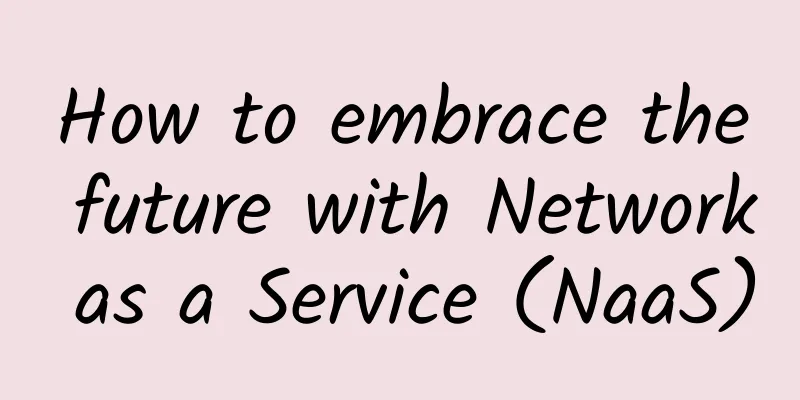K8s-Service Mesh Practice-Introduction to Istio

backgroundFinally, we are entering the service mesh series that everyone is interested in. We have already explained:
Basically, it is enough for us to develop a normal-scale web application; however, in enterprises, there are often complex application call relationships, and requests between applications also need to be managed, such as common current limiting, degradation, tracing, monitoring, load balancing and other functions. Before we used Kubernetes, these problems were often solved by microservice frameworks, such as Dubbo and SpringCloud, which had corresponding functions. But when we use Kubernetes, these things should be handed over to a dedicated cloud-native component to solve, which is Istio, which we will talk about this time. It is the most widely used service mesh solution. picture The official explanation of Istio is relatively concise, and the specific functional points are just mentioned:
picture Combined with the official architecture diagram, we can see that Istio is divided into the control plane and the data plane. The control plane can be understood as the management function of Istio itself:
The data plane can be simply understood as our business application represented by Envoy. All traffic in and out of our application will pass through the Envoy proxy. Therefore, it can realize functions such as load balancing, fuse protection, authentication and authorization, etc. InstallFirst install the Istio command line tool
Linux uses: Mac can use brew: For other environments, you can download Istio and configure environment variables: We can then install the control plane using the install command.
picture This profile has the following different values. For demonstration purposes, we will use demo. picture use We then label the namespace so that the Istio control plane knows which namespace’s Pod will automatically have the sidecar injected. Here we enable automatic injection of sidecar for the default namespace, and then deploy the deployment-istio.yaml we used earlier. At this point, you will see that each Pod has two containers (one of which is the istio-proxy sidecar), which is the code used in the previous gRPC load balancing test. picture We still conduct the load balancing test and the results are the same, which shows that Istio works. When we look at the sidecar log again, we can see the traffic we just sent and received: SummarizeThe content of this issue is relatively simple and is mainly related to installation and configuration. The next issue will update how to configure timeout, current limiting and other functions of internal service calls. In fact, most of the current operations are more O&M-oriented. Even subsequent functions such as timeout configuration only require writing YAML resources. However, when used in production, we will provide developers with a visual management console page, allowing them to flexibly configure these functions that originally needed to be configured in YAML. picture In fact, all major cloud platform vendors provide similar capabilities, such as Alibaba Cloud's EDAS. All source code of this article can be accessed here: https://github.com/crossoverJie/k8s-combat |
<<: Introduction to Socks5 Proxy Protocol
>>: Content Delivery Network (CDN) System Design
Recommend
Moving forward amid challenges: A review of the top ten events in the 5G field in 2020
Time flies, and in the blink of an eye, 2020 has ...
RAKsmart: 35% off VPS from $0.99/month, data centers in Los Angeles, San Jose, Hong Kong, Japan, and South Korea
We have previously shared information on VPS host...
The invisible shift of HCI
Arthur C. Clarke, a famous British science fictio...
vSwitch expansion in the Ack cluster Terway network scenario
[[442525]] Table of contents 1. Terway Network In...
4G network speed slows down? Ministry of Industry and Information Technology talks with three operators on this issue
On the 22nd, the Ministry of Industry and Informa...
PhotonVPS: NVMe hard disk VPS 20% off from $4/month, 2GB/30GB/2TB/Los Angeles and other data centers
It has been more than a year since I shared infor...
Cloud computing in 2018: Switch or die
Cloud computing technology is creating a new and ...
WOT Kingsoft Cloud Hao Mingfei: The evolution of Kingsoft Cloud's live broadcast and on-demand basic services
【51CTO.com original article】Just last week, the W...
Outlook on the Next Generation of Enterprise Wireless Technology - CBRS
The shortage of wireless spectrum has always been...
A brief analysis of the technical difficulty of "number portability"
According to the Ministry of Industry and Informa...
Use Zerotier to connect remote devices to a local area network
Now that we are working from home due to the pand...
5G technology has already approached the Shannon limit, what else can 6G do?
On May 17, China Unicom and ZTE Corporation signe...
AT&T requires all hardware vendors to support Open RAN specifications
According to Light Reading, executives of US tele...
Traditional switches are difficult to match the Internet of Everything, Aruba CX next-generation switching platform is re-installed
[51CTO.com original article] On December 18, 2019...
my country has surpassed the United States in many technologies, including AI and 5G, and it is becoming increasingly difficult for the United States to strangle us
As world powers, China and the United States comp...









